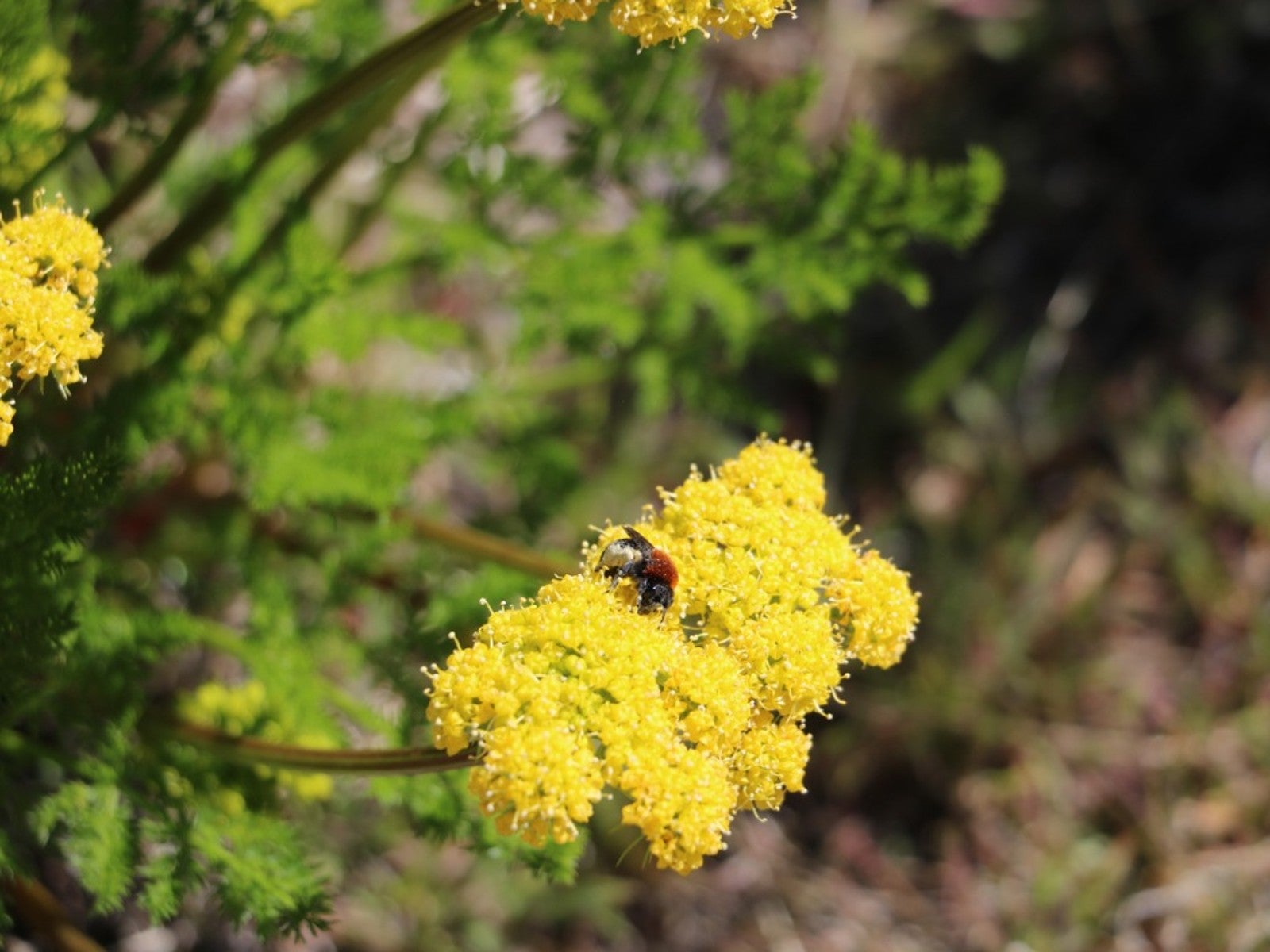Learn To Grow Different Varieties Of Biscuitroot

Biscuitroot or Lomatium root is a member of the Umbelliferae (carrot or parsley) family and is found across much of western North America. Depending upon the source there are anywhere from 80 to 120 species primarily endemic to regions of the western U.S. Also known as desert parsley, Lomatium root has long been used as a food source by native people as well as for its medical benefits.
About Biscuitroot
Lomatium root is a perennial that appears in the spring. Low growing, 2 to 12 inches (5-31 cm.), most species grow in arid regions during the early spring, seed, and then die back during the heat of the summer. The root survives underground.
Most species of Lomatium root bear flowers borne in compound umbels and are usually white or yellow although rarely they may be purple to maroon. The seed pods of biscuitroot are generally papery or corky and winged to help with wind dispersal.
The leaves of biscuitroot plant are basal and dissected often looking much akin to ferns.
Desert Parsley Food Uses
The part of the plant that is used as a food source is the root which varies from short, stubby, and radish-like to long and slender. Rounder roots are 2 to 4 inches (5-10 cm.) long while thin roots may be 4 to 12 inches (10-31 cm.) in length. In all cases, the root is covered with a thin black skin which should be peeled prior to using.
The interior of biscuitroot is white and fibrous and can be eaten fresh like a carrot or boiled, roasted, or dried and then ground into flour to make a cake or biscuit.
Species of Lomatium Root
One of the most commonly used species of biscuitroot is Lomatium dissectum or fernleaf biscuitroot. Often the first foraging food, Lomatium dissectum is also highly attractive to some species of bees. It is also one of the most widely used plant species of Native North American people as not only a food source but also medicinally and ceremonially.
Sign up for the Gardening Know How newsletter today and receive a free copy of our e-book "How to Grow Delicious Tomatoes".
L. dissectum is found in dry lowland to middle elevation areas often coexisting with sagebrush, ponderosa pine, pinyon-juniper, and mountain brush.
Other common species include Gray’s and Nineleaf biscuit root. The genus is difficult to identify (which accounts for the varied quoted number of species) and some habitats are under threat from grazing development and wildfire. L. dissectum in particular is of some concern as its habitat is being wiped out due to wild harvesting of the plant for herbal use.

Amy Grant has been gardening for 30 years and writing for 15. A professional chef and caterer, Amy's area of expertise is culinary gardening.
